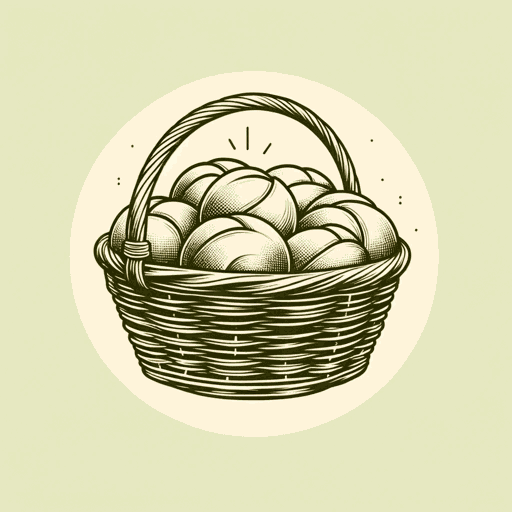55 pages • 1 hour read
Johanna SpyriHeidi
Fiction | Novel | Middle Grade | Published in 1881A modern alternative to SparkNotes and CliffsNotes, SuperSummary offers high-quality Study Guides with detailed chapter summaries and analysis of major themes, characters, and more.
Background
Historical Cultural Context: The Industrial Revolution and the Romanticization of the Swiss Landscape
Between the years 1750 and 1900, Switzerland was a country in transition. With the introduction of English spinning machines, Switzerland experienced rapid industrialization and urbanization as people migrated to the cities from the countryside looking for factory work. After a period of political instability, Switzerland became a federal state in 1848. The country entered a second phase of industrialization as Swiss engineers began building their own technology, improving the rail transport system, and constructing waterpower plants to replace the British coal-fired technology, which fueled the mass production of textiles. To this day, Switzerland remains one of the most industrialized, wealthiest countries in Europe.
With the mass migration to the cities, new technologies replaced traditional practices like spinning wool, making artisanal cheese, and patchwork farming. Mourning the loss of these erstwhile practices, 19th-century artists responded to the cultural and economic changes by saturating their works with nostalgia, calling for a return to a simpler, more traditional way of life. Johanna Spyri’s Heidi, a portrait of traditional Alpine life unspoiled by modern technology, romanticized the iconic Swiss landscape as she sought to uphold and immortalize the traditional values of Switzerland’s past (“On the Industrial History of Switzerland.” European Route of Industrial Heritage.
Featured Collections
7th-8th Grade Historical Fiction
View Collection
Appearance Versus Reality
View Collection
Books & Literature
View Collection
Childhood & Youth
View Collection
Children's & Teen Books Made into Movies
View Collection
Earth Day
View Collection
Family
View Collection
Friendship
View Collection
Grief
View Collection
Juvenile Literature
View Collection
Romanticism / Romantic Period
View Collection
School Book List Titles
View Collection
TV Shows Based on Books
View Collection
Valentine's Day Reads: The Theme of Love
View Collection

